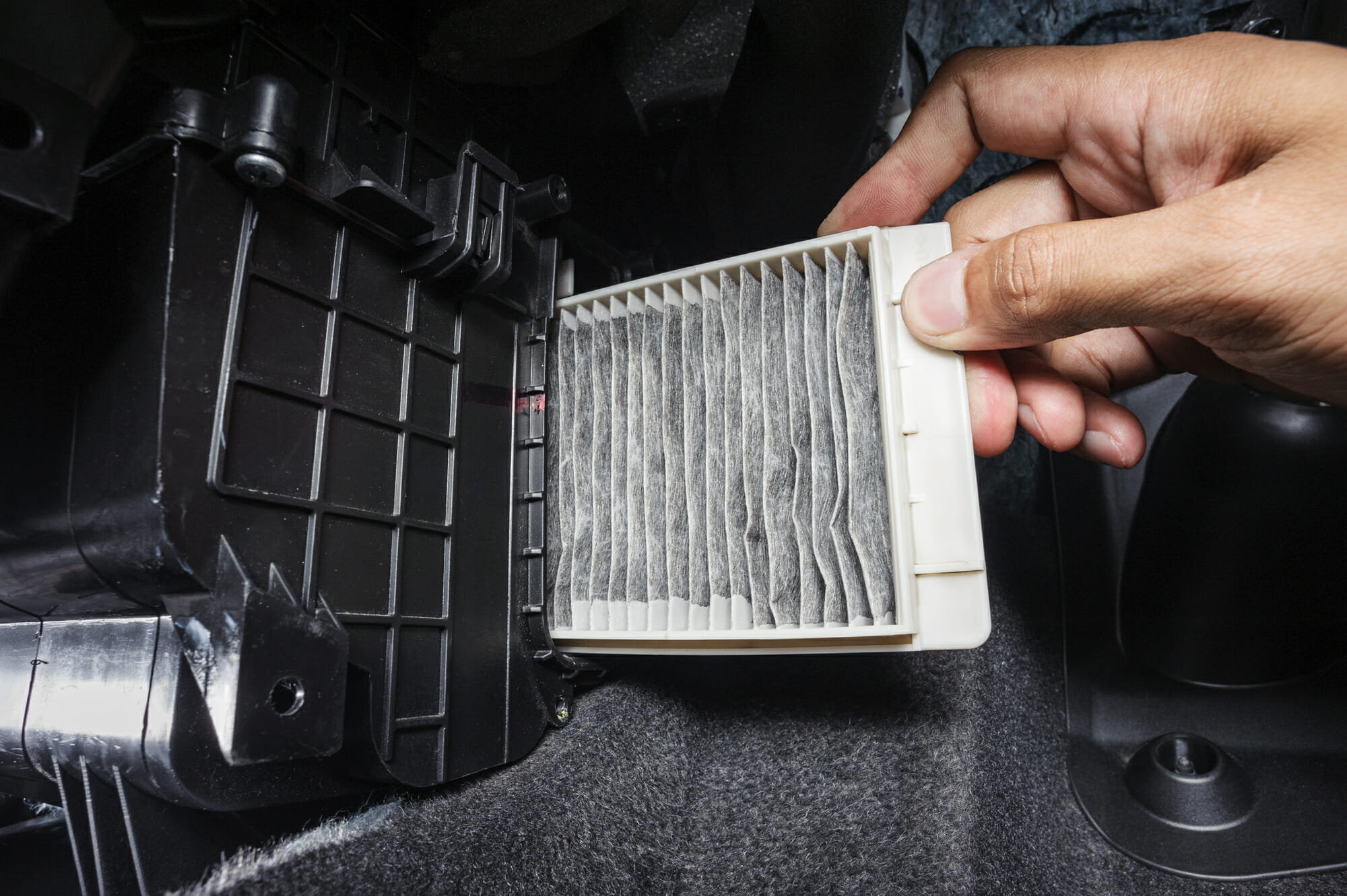Your cabin air filter brings in fresh air without letting dirt and debris inside your Honda. But it can only do its job effectively when you change it out for a new one at regular intervals. Thankfully, it’s simple to do as long as you have the right part.
What’s the best cabin air filter for 2020 Honda vehicles?
For most 2020 models, you can get an OEM cabin air filter for $15 from Honda Parts Connection. If you’d like to go aftermarket, then you can get a K&N filter from Amazon for about $23.
Is OEM better than aftermarket? How often do cabin air filters need to be changed? Are they easy to replace? If you want the answers to these questions and more, just read through this guide to get the inside scoop.
Ideal Cabin Air Filter Service Interval for 2020 Hondas

With normal use, you can expect your cabin air filter to last about 15,000 miles or one year. If you live in an area with a lot of pollen and dust in the air, then it could need replacement long before that.
You can keep a close eye on your 2020 Honda’s filter by having it inspected at every oil change. With just a glance, your technician can tell if it’s too dirty or damaged to provide the results you seek.
You can also check it yourself and even replace it with a new one if you’re reasonably savvy with vehicle maintenance. The service steps differ for each model, depending on if the filter is located behind the glove box or in the engine bay.
Generally, you’ll replace it by removing the cover, pulling out the case, and changing the filter element inside. The whole process takes only 20 minutes tops and provides tons of benefits once it’s done.
Aftermarket vs. OEM: Which is Better for Your Honda?
At just $15 apiece, OEM cabin air filters for Hondas never break the bank, though you have to buy a new one each time it needs replacement. Unlike aftermarket filters from K&N, you cannot just clean them and keep using them until the end of time.
Although it’s nice to keep reusing your $23 K&N filter for the life of your vehicle, it does take a lot more work to change it. Instead of simply pulling it out of the case and tossing it into the trash, you have to actually clean and refresh the filter to keep it going.
The cleaning process can take several hours since you need to let it dry between each step. That could leave you without your car until it’s done or land you with a higher repair bill from the shop.
Beyond that, aftermarket filters may remove more contaminants from the air than OEM ones. Since K&N filters are electrostatically charged, they can pull everything from mold and mildew to fungi and germs out of the air. OEM filters usually only trap dust, pollen, and other larger particles and keep them from entering your car through the vents.
On the other hand, OEM filters offer the absolutely best fit possible. They are purpose-built for your car’s year, make, and model, so you know they will slide right in the cartridge and work as intended. Aftermarket filters may cover a variety of applications, making it harder to get that precise fit each and every time.
To decide whether OEM or aftermarket filters will work best for you, take the time to look through the benefits and drawbacks for each one. Then, commit to always getting the highest quality filters possible to keep your car in fantastic shape mile after mile.